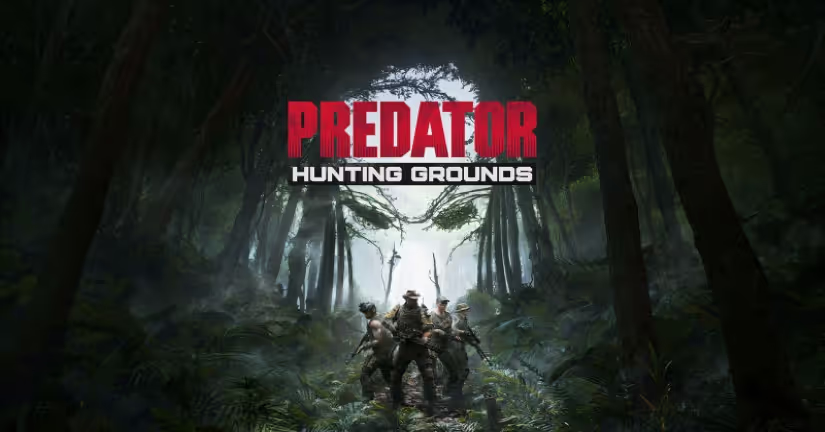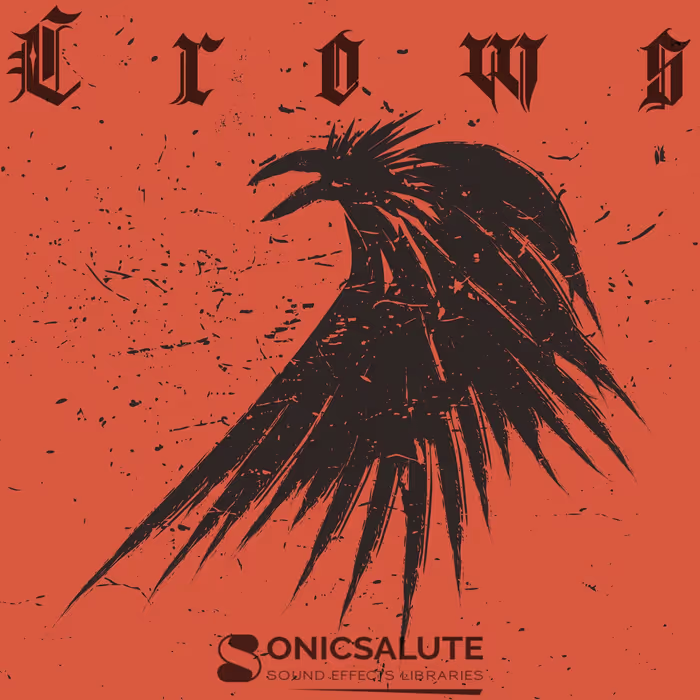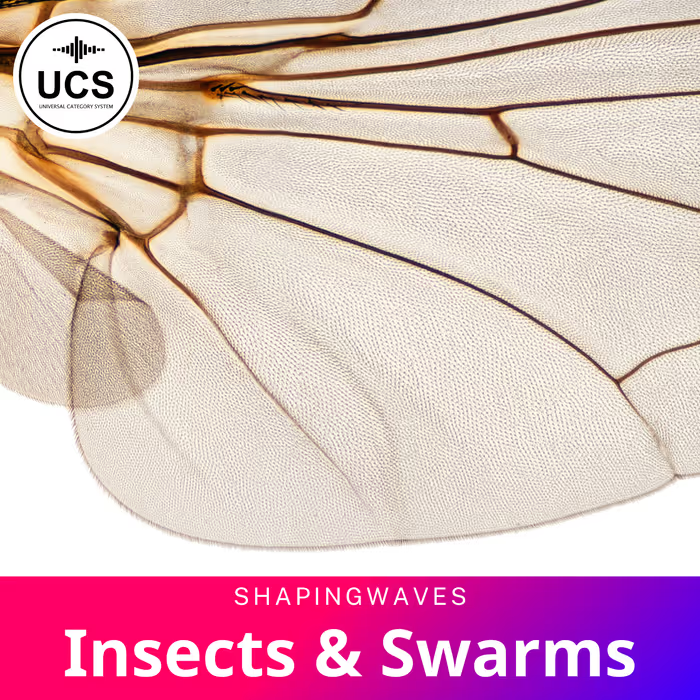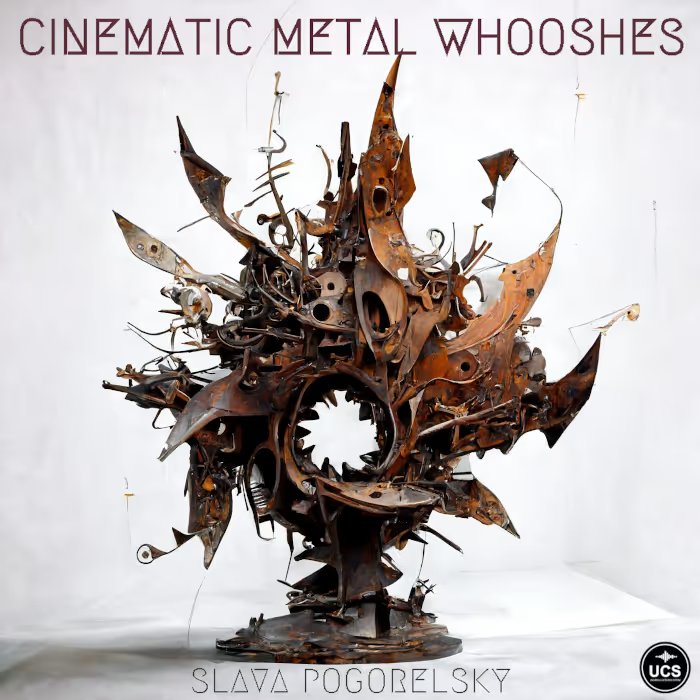With Predator: Hunting Grounds, Audio Director Steve Whetman at IllFonic wanted to bring the bombastic ‘80s action sound of the legendary ‘87 film to the Playstation. In this game audio deep-dive, Steve discusses iconic elements of the original film sound and how they were brought to the Playstation game including the Preda-Vision processing, vocalisations, the weapons, and how they worked with Arnold Schwarzenegger to tell Dutch’s story after the events of the ‘87 Val Verde incident!
Predator: Hunting Grounds – Launch Trailer | PS4
PREDATOR: HUNTING GROUNDS
The original movie doesn’t need much of an intro; it’s full of iconic moments and sounds. It’s arguably the most quotable action movie of all time! I’ve got the utmost respect for the original sound team and getting to work with the source for a second time (first was Aliens vs Predator 2010) was a huge honour. For Hunting Grounds, I wanted it to sound as authentic as possible to the original with only slight updates where appropriate.
I’ve learned an enormous amount about the franchise from studying the sound of all the films, and there are many details about the sound and music that I’d love to share, but for now, I’ll keep it focussed otherwise I’ll go on for ages.
PREDA-VISION
For the heat vision processing, I analysed the source and figured out an effects chain to run in real-time. This chain processes everything the Hunter hears, and then the classic wipe, heartbeat, and vision drone accompany it.
Here’s a clip showing the transition into Preda-vision and the processing –
Hunter Vision Capture
Somehow, I don’t think Dutch is going to make it to the chopper this time. The Hunter has a strong position.
Now here’s the same clip but with some of the individual layers on their own –
Hunter Vision Layers
There’s quite a lot happening when you activate heat-vision but here’s just the effects chain.

Ignoring the meter plugin, the first effect is a bit of high and low pass filtering to clear out stuff we don’t want to process.
Then a small amount of flanger to add a metallic texture and slight movement.
Now the Harmonizer, which is shifting to 2 different pitches, spaced slightly apart to thicken the texture.

A (really) tiny bit of distortion to add a bit of grit, post harmonizer.
I measured the shimmer and slight echo effect of the original, which came out to about 0.15 secs so the 2 delay plugins here are helping with that. The first is mostly dry with no feedback, the second is dryer still with a small amount of feedback.
Then a reverb with a deliberately metallic setting with the pre-delay again set to 0.15 secs.

Tremolo accentuates the shimmer set to 6.66hz (0.15 secs).
And a tiny bit of compression to smooth things out and bring up the tails.
Some creative liberties were taken here; the original was processed with an Eventide H3000 which I used for some non-realtime effects (remaking the self-destruct laugh), but I think Wwise does a pretty great job of getting close enough while not destroying console performance completely :)
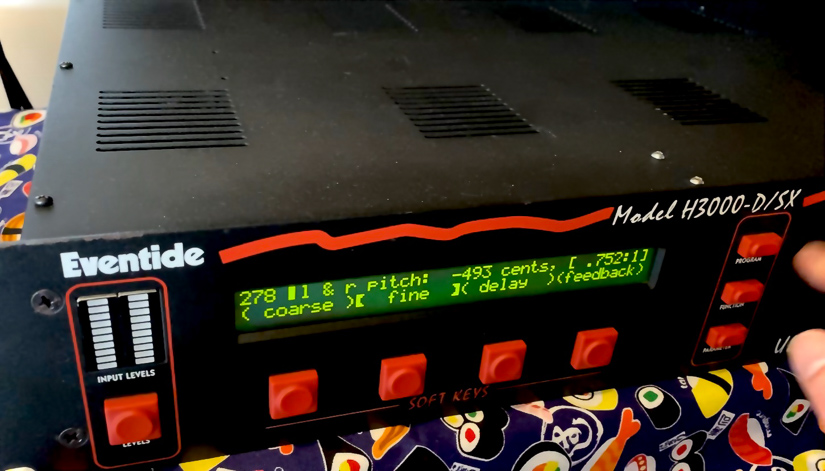
One tough area was the heartbeat. I had a few versions sent from the archives (including the raw), you can hear variations of this in the later films. To get the most accurate and best possible version of what was in the original I took the drone layer and used that as a noise reduction template, then processed the rear channels of the 5.1 FX stem during one of the heat-vision scenes. That got me what I needed. Essentially, I am using a clean version of the drone and subtracting it from itself to expose just the heartbeat.
THE CLICKS
For the vocalisations, I was able to get a copy of the recording session from the original tape (thanks to Steve Lee of The Hollywood Sound Museum!) and used Reformer to ‘perform’ more vocalisations so as to get enough variety for the game.
Steve Whetman Jungle Hunter Clicks Reformer
I’m no good at doing the clicks myself. And while plenty of people can get close, no one does it like Peter Cullen, so taking this approach seemed best for authenticity while adding variation. And was incredibly fun to do!
THE ARMOURY
The sound team of the movie thought of the guns as instruments in an orchestra, with the Minigun playing the bass section line like the tubas, and Dillon’s MP5 as the trumpets. With each character’s firearm having a distinct sound, it’s easier to follow the picture cuts during the action sequences.
The movie weapons have an awesome bombastic, aggressive, and explosive sound to them — not as much emphasis on metal or mechanical layers like the sound design you often find in action movies of the last 10 years or so. The shootouts of the original remain in-your-face and powerful. I wanted to honour the original bombastic sound of the guns so the heavily designed metallic and abstract layers of modern weapon sound design wouldn’t work here, neither would hyper-real punctuated rhythms splitting up the transients on shotguns or sniper rifles.
Instead, I chose a balance more towards the original movie’s bombastic approach, with moderate updates where appropriate. I organised a weapons recording session in a heavily forested area, capturing diffused reflections from the trees and foliage, and created all new gun sounds from the recordings.
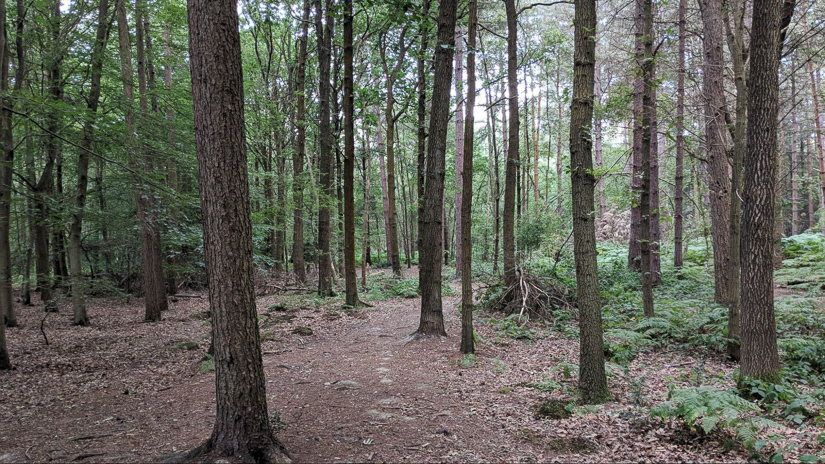
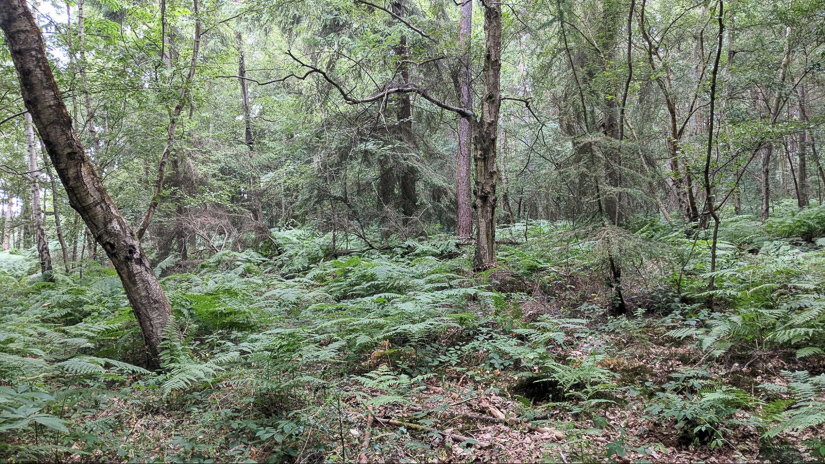
Here’s a couple of low sensitivity DPA 4062 mics attached to an FN Minimi.
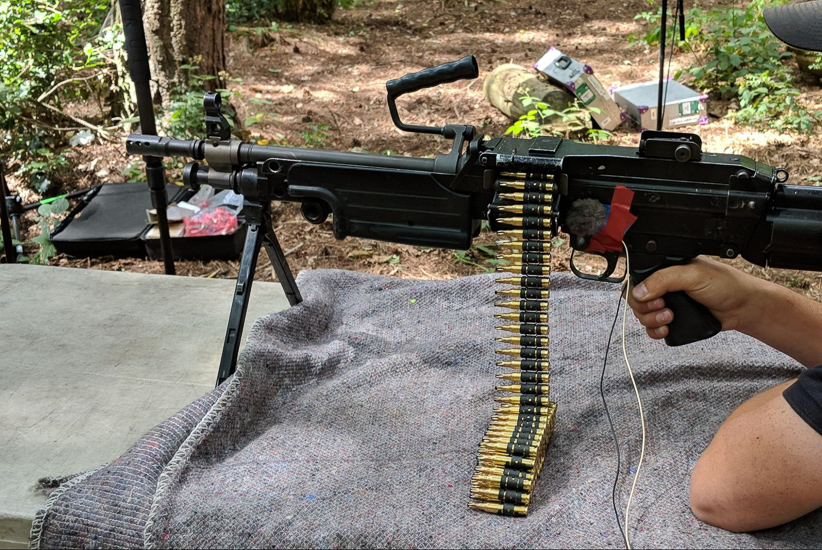
Putting low-sensitivity mics as close to the weapon as possible (or strapping them to it!) means you can capture all the mechanical elements as it fires. In all, around 30 mics were used throughout the forest, and I had several excellent recordist colleagues assisting. It was an awesome session and the recordings in that environment really bring life to the guns in the game. If you’d like to read more about weapons recording techniques specifically I’ve written lots about that here.
OLD PAINLESS
A real minigun fires at a very high rate; many shots per second equals a high-frequency sound. The minigun used on the set of the movie was a bespoke engineered piece that had a slower rate of fire than an actual one. But still, it was a very fast rate of fire and the sound team decided that the production gun sounded high and raspy, like a gasoline leaf-blower — not like how they imagined an ‘80s-action-movie badass sound.
They decided that a much lower frequency sound was needed. They used a .50 cal machine gun mounted on a tank with shots that were much deeper and bigger sounding than the real gun, and also at a much slower rate for more power and bass. For the barrel spinning towards the end of the scene, they enhanced the production gun by adding a metal shop lathe spinning and then slowing down. And with some exceptional editing wizardry we were able to create yet another iconic sound for the movie.
We recorded a replica Minigun used for films, just like the original. This particular one has appeared in all sorts of films, it has a slower rate of fire just like the original, so plenty of sound design was done to make it larger than life, bigger, and more badass. One of the highlights of my career is recording this thing!
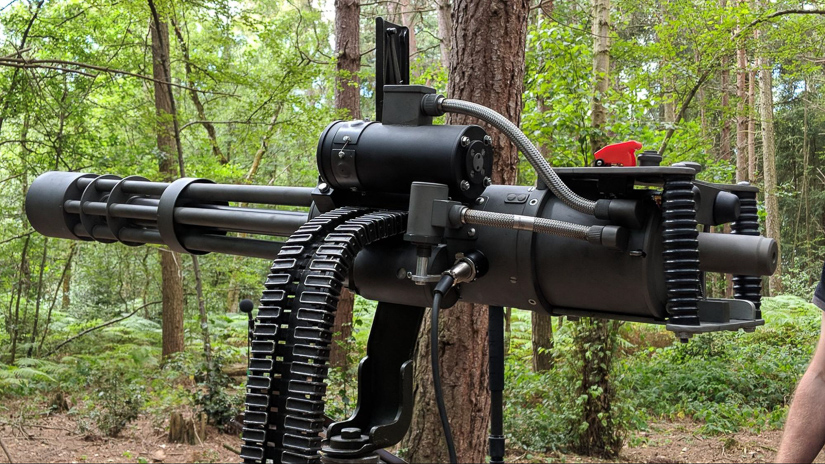
NLAW RECORDING
There were a few weapons I couldn’t record at this location. One was the rocket launcher that arrived in the game later as part of an update. For that, I dipped into my library and used my NLAW Anti-Tank Missile recordings I’d done a few years previously, as shown in this video.
ANTI TANK MISSILE RECORDINGS MICROPHONE COMPARISON
FOLEY
Foley was done at Pinewood in two Theatres simultaneously, in order to get through all the material in time. The legendary duo of Pete Burgis and Glen Gathard were in one theatre focussing on the Fireteam feet, cloth, and armour moves. Then the exceptionally talented duo of Zoe Freed and Adam Oakley were in another theatre working on the Hunter and some of the weapons.
Here’s Zoe preparing to perform a take of the Hunter running in water.
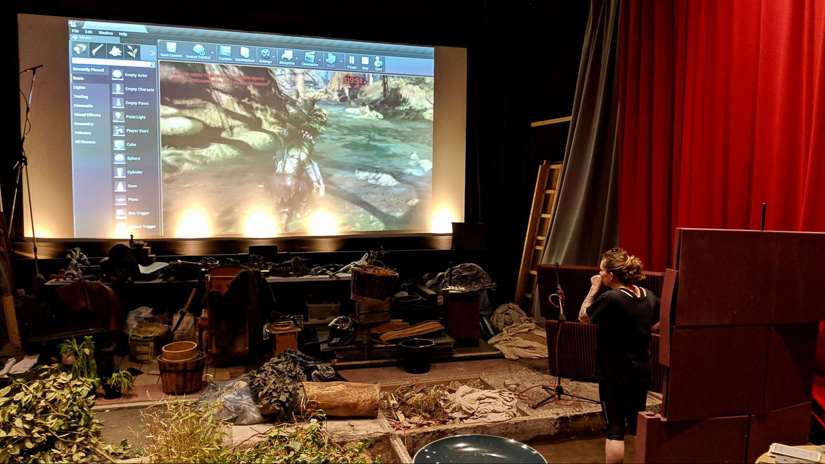
We have fairly deep splashy water as well as shallow puddles. So for the deeper water, Zoe and Pete would first do a take in sync to picture, to get the energy, weight, and running style of the characters, and then do a second take of wild water splashes at a much slower pace to add as an extra layer in order to let the splashes settle naturally beyond the length of a single step in a run.
Here’s the water pit and moving on to mud. Zoe is clearly in her element here, absolutely loving making a mess. It’s all in pursuit of excellent sound and having fun!
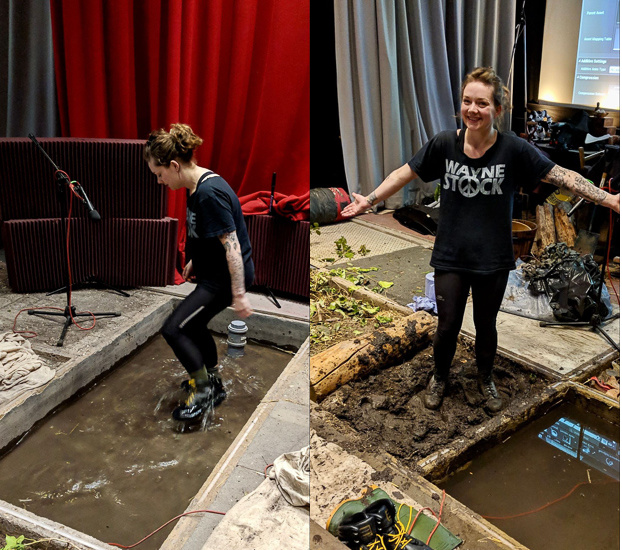
To get the Hunter’s feet on big tree branches sounding right, the team put large logs in the earth pit, partly to stop them from rolling but also to make them sound denser, and to help the Hunter sound bigger. Each log has a different timbre, and a combination was used (along with the judicious use of subharmonic effects). Not the easiest surface to run on but Zoe’s a pro!
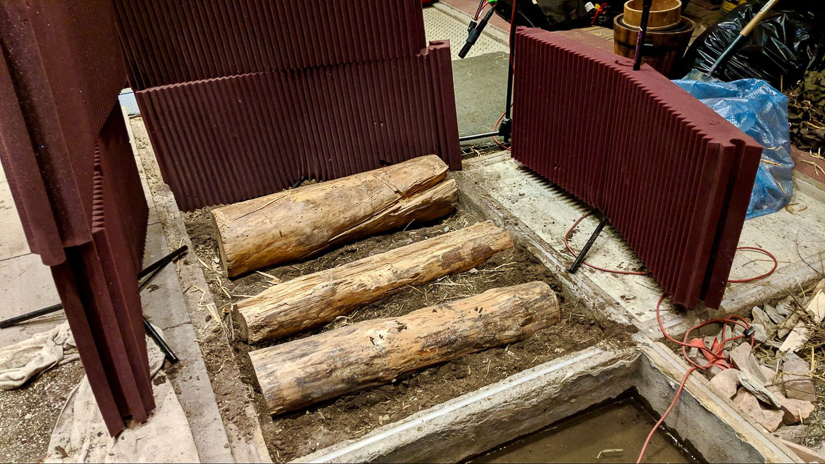
Here’s our brave assistant Paolo hoping he doesn’t get a knee to the face while Zoe prepares to do a run on a massive metal cylinder for the Hunter. The support is partly about balance and partly about being able to put power down into the run. At this point, she’s really impacting the surface to get the sound bigger.
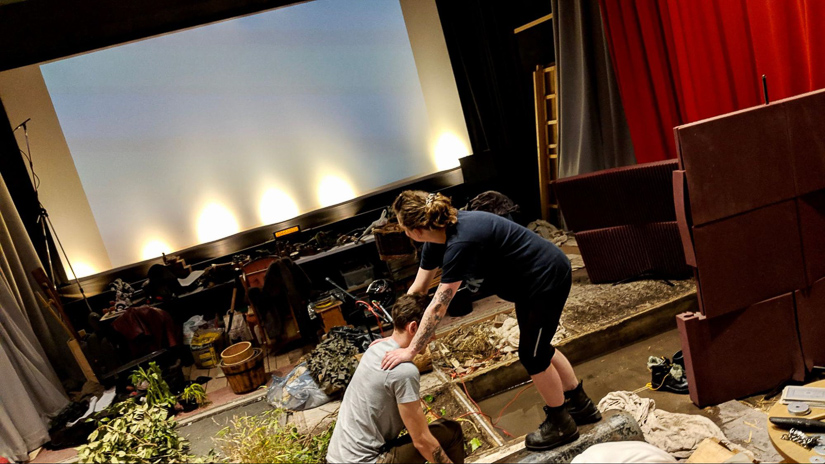
(Paolo’s beautiful face survived unscathed).
We used a creak box for adds for when the Hunter jumps onto a branch and the whole thing sways. These were doubled and pitched down an octave to make them bigger. For the tree land adds, we also recorded a ton of foliage, which I used for when the Hunter or Fireteam pass through dense areas of the jungle.
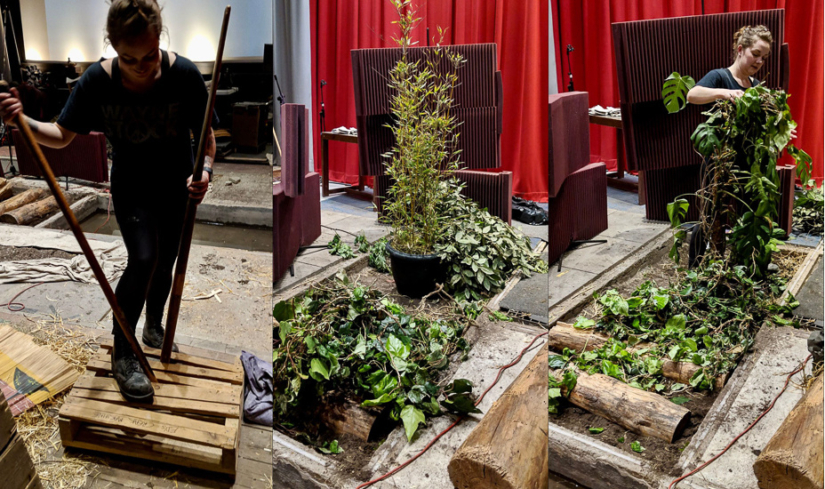
There were a whole bunch more plants not pictured that we used; it all goes into a dynamic system that triggers different speeds of foliage pass-throughs depending on if you’re sprinting, running, or stealthily crawling. Loudness and the shape of the envelope are affected with an RTPC in Wwise.
Several different elements made up the sound for when the Hunter heals itself, an iconic moment in the franchise. Some elements of the original source material were used and I wanted to sympathetically layer that with some new material to create variation. Here’s one of them: hair gel being pushed through a cafetière for the actual injection itself.
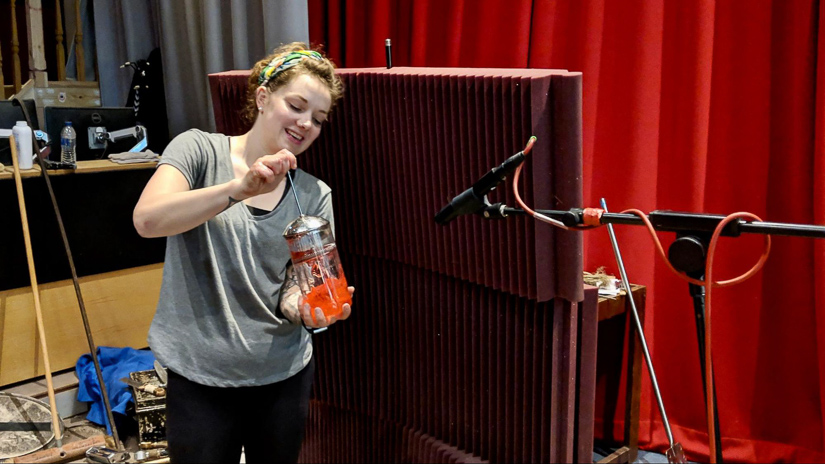
Disgusting and awesome sounding in equal measure!
And just for the fun of it, here’s a bunch of other props used for various weapons and gadgets.
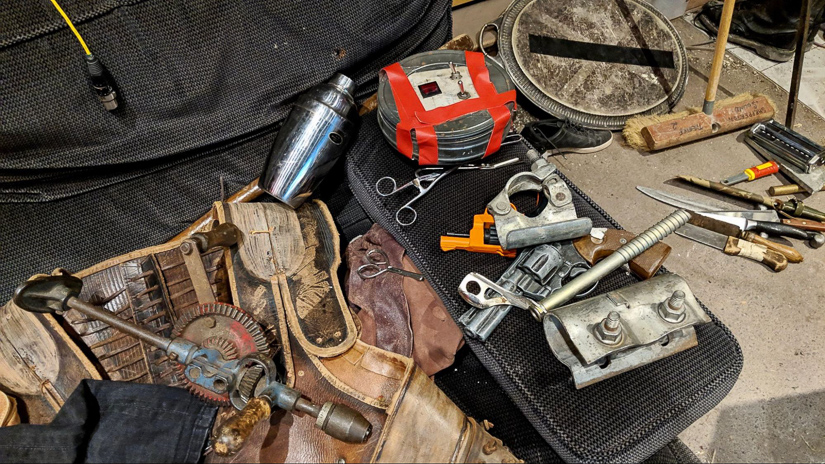
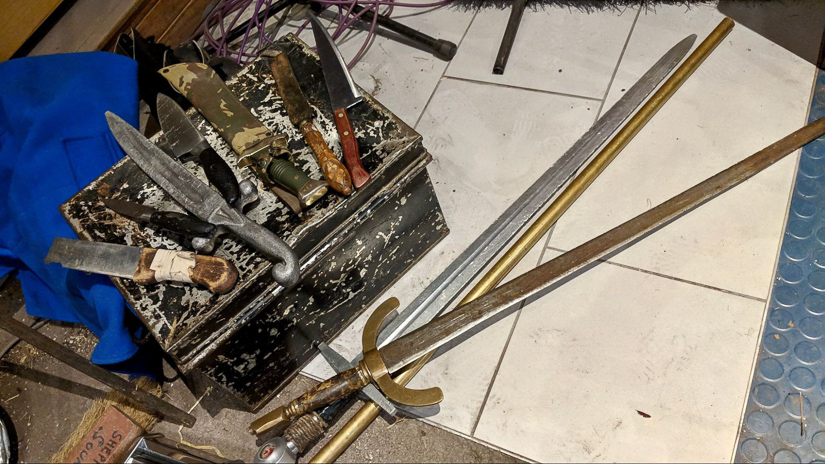
MIXING
The final mix was done at Pinewood Studios; here’s a shot of the setup. Unfortunately, Wwise doesn’t speak ‘Eucon’ so the faders aren’t used! Perhaps one day it will, but time spent in a calibrated theatre is invaluable and gives me confidence when I’m mixing. I pushed the bass and specifically the LFE really far — much further than I had in my standard 5.1 room. It’s Predator! Of course, you want the guns and explosions to hit hard!
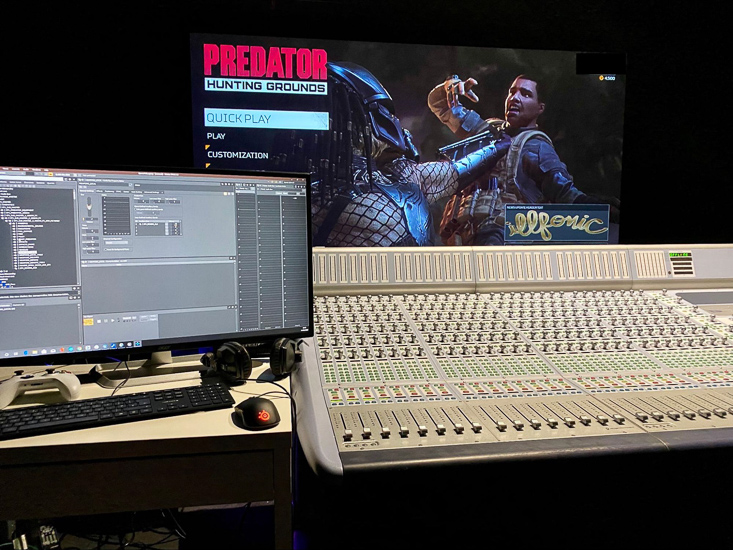
TAPES AND STOGIES
Lastly, a quick look at the Dutch tapes. While plugins are extremely good, I occasionally like to carve out a decent amount of time to do something labour-intensive if I think the feature warrants it, and I love the craft of it. This was Arnold Schwarzenegger reprising his role of Dutch starting right after the original movie so, of course, I wanted to go all out. It was an absolute joy to bring Dutch’s story to life with just audio alone.
Predator Hunting Grounds All Dutch Tapes!
The tapes start in ‘87 as Dutch debriefs. I edited in all the background, including the heart rate monitor speeding up as Dutch recounts the Predator encounter, and put the voice into the space using Audio Ease Indoor. Then recorded the whole tape to a Nagra ¼” tape (in mono) and played it back from the built-in speaker and re-mic’d it with an AKG C414 XLS.
This gives us Dutch in the space recording his debrief to a period-correct recorder, and then played back through a speaker as if listened back to by us, the listener.
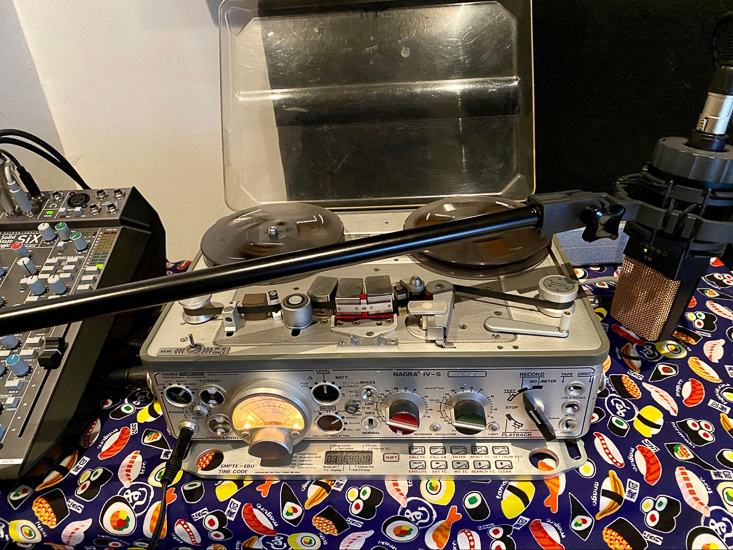
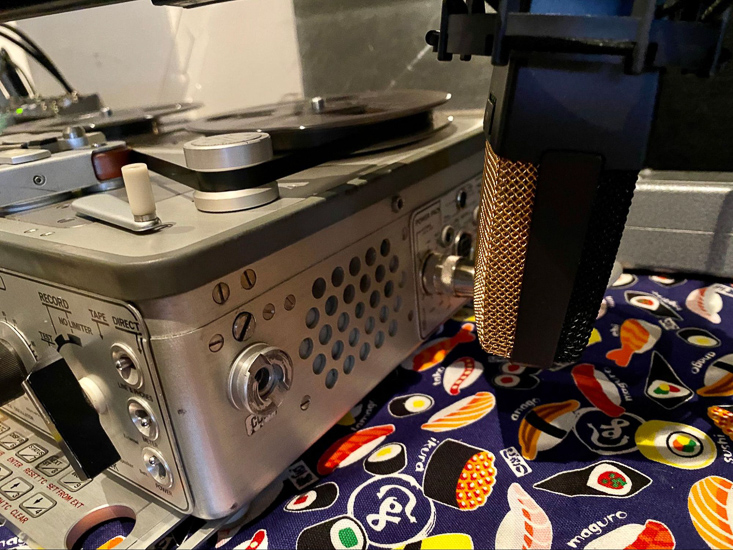
The tapes continue telling Dutch’s story every few years up until 2025 when the game is set. As the tapes went on, I imagined Dutch had access to improved tech so his recordings became stereo. He upgraded to a handheld cassette recorder and eventually a digital recorder, so I used progressively more modern hardware for processing.
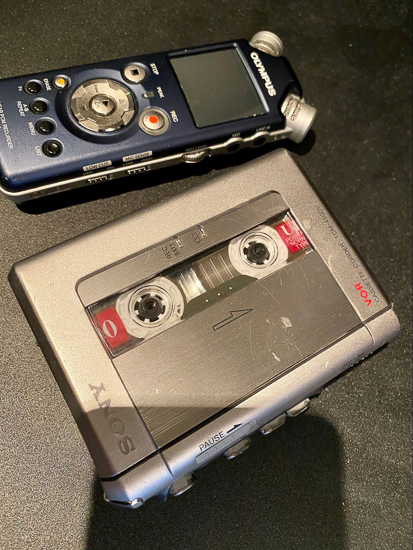
There’s a couple of audio easter eggs for keen listening fans of the franchise in the tape where Dutch is in LA, and the one with the OWLF – just geeky audio stuff :)
I’ll give you one for free: in the last tape, the audio for the modified Hunter-tech is based on other Hunter sounds and you can hear a similar movement to the source.
Of course, Dutch had to have a stogie, so I bought some and recorded myself smoking them and edited it into the tapes. Adding plenty of pauses and breaths, except for the tape where Dutch is driving on rough terrain — he can’t light the stogie and so throws the lighter!
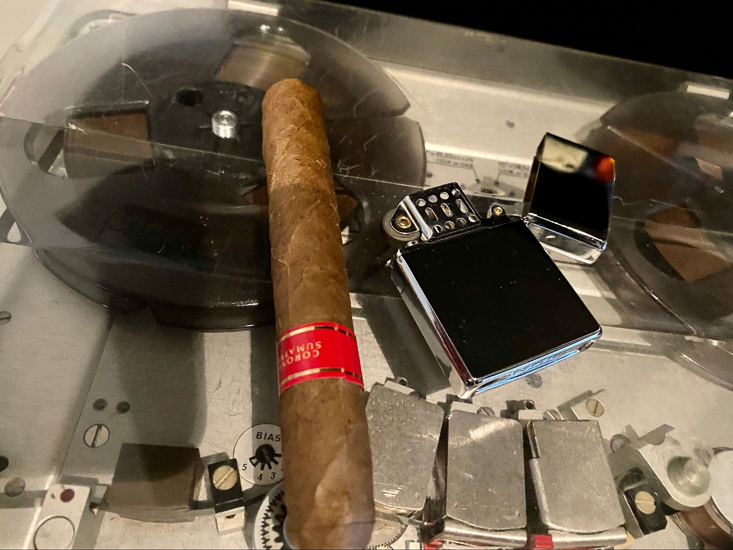
Cheers Dutch, it was an honour!
A big thanks to Steve Whetman for giving us a behind-the-scenes look at the sound of Predator: Hunting Grounds!
Steve Whetman has been working in sound for about 20 years; he spent much of the early 2000s creating experimental electronic music for record labels Warp and Planet Mu. He later transitioned to sound design to pursue a love of games and a desire to experiment and learn more about sound. After some indie titles where he cut his teeth with Unreal, his first industry job at Rebellion saw him creating all the cinematic audio for Aliens vs Predator 2010. Since then, he’s worked on some of the biggest properties in games like Gears of War, Hitman, Watch Dogs, Arkham, The Division 2, Tomb Raider, and Total War.

